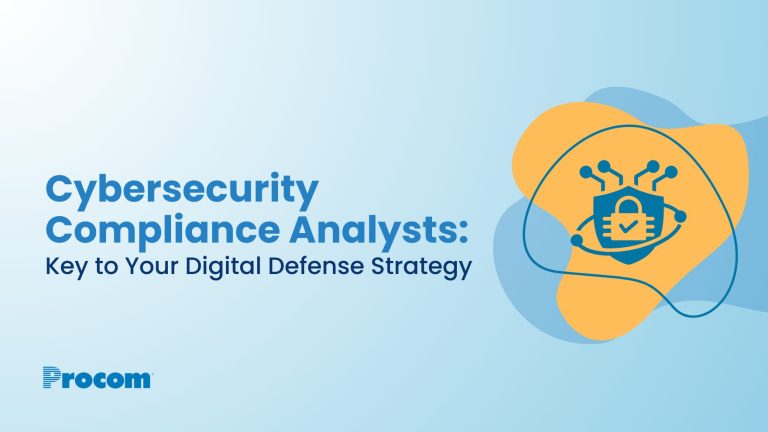What is payroll: Understanding contractor payroll & employer burden costs (USA)

Contractor Payroll refers to the tasks a company must execute to ensure temporary W2 Workers and 1099 Independent Contractors (ICs) are paid correctly and on time in accordance with their contract or Statement of Work (SOW). Contractor payroll is a complex business responsibility that can often appear confusing to employers unfamiliar with the different set of obligations that must be met when paying contractors vs. traditional employees.
Before your organization decides on a payroll model that’s the best option for bringing qualified talent quickly and cost effectively into your contingent workforce, below is a list of critical considerations that will help you on your journey to making an insightful decision:
How do I pay contractors?
Contingent workers can go by many different names – contractors, temporary workers, gig workers, contingent labor, Independent Contractors, freelancers, temporary talent or pre-identified contractors; yet they all refer to the same type of non-traditional worker: the contingent worker.
However, depending on the method in which the contingent worker is engaged to perform the work – whether directly sourced through an organization itself or by way of a third party, there exists separate obligations to workers when it comes to how to pay them.
Contractor payroll
What’s the difference between Temporary W2 workers and 1099 Independent Contractors when it comes to payroll?
Specifically, a W2 temporary worker is employed by the MSP or staffing firm that engaged that worker, while a 1099 Independent Contractor is self-employed.
Many companies in the United States operate a contingent workforce that engages both temporary W2 workers and 1099 Independent Contractors. Below is a breakdown of the differences between the two contingent worker types:
Temporary W2 Workers
These types of contractors are typically highly skilled or niche workers who are engaged at companies for specific projects or roles. Temporary W2 workers are contractors who are engaged through a third-party agency such as a Master Services Provider (MSP) or a staffing agency.
As such, W2 workers are considered to be employed by the third-party and are legally entitled to certain benefits from these organizations as the legal employer of the worker.
These contractors can count towards the total number of employees the client company employs, as such, these contingent workers are considered when determining if the client company is covered by laws such as the Family Medical Leave Act (FMLA).
1099 Independent Contractors
This type of contractor is self-employed and and is not an employee; therefore, companies are not responsible for the withholding, collecting or paying of taxes nor any other payments afforded full-time employees or Temporary W2 workers.
How to determine whether your workers are contractors or traditional employees
It’s critical that business owners correctly assess whether the individuals providing services are employees or contractors.
The determination of whether a worker is an employee or a contractor depends upon whether an “employer-employee” relationship exists between the payer and the payee.
The ABC test is a guide for employers to use in the determination of if a worker is considered an employee or a contractor in the eyes of the government. Several states require the use of the ABC test—in part or in whole—to determine the status of workers and employees as it relates to the workforce.
Ensuring proper classification and taxation of contractors
Engaging contractors and operating a contingent workforce also brings risks associated with unintended co-employment and relationship misclassification. The determination of whether a worker is a traditional employee, Temporary W2 worker or a contractor depends upon whether an “employer-employee” relationship exists between the payer and the payee.
Co-employment
Co-employment risk is the term used to refer to situations where two or more organizations exert some level of control over a worker, and are therefore are considered to have employer obligations toward the employee. Co-employment risk can often exist when organizations use staff that are provided by third parties.
Worker misclassification
Misclassification happens when an organization incorrectly identifies the relationship that exists between them and the contingent worker. This serious mistake can result in hefty penalties for the company and back payments to the worker.
Two keys factors involved in making this determination are the amount of control and independence in the relationship.
As many states are currently under the gun financially with the less than expected tax income, it’s predicted that many companies will look to enforcement as a good area to increase this income. Misclassified contingent workers are a prime target for payroll taxes, fees and fines. Having a partner who understands the legal landscape protects you from these unexpected costs.
Payroll taxes: Employer obligations to Temporary w2 Workers and 1099 Independent Contractors
Temporary W2 Worker obligations
Many companies outsource the management of their contingent workforce in part or in full to an MSP or staffing agency. As such, the third-party organization is considered the ’employer’ and is responsible for payroll processing and tax payments.
The third party will invoice the client company for contractors’ wages, taxes and other administration fees. This invoice is recorded in the company’s books and without the obligation to file taxes, workers compensation insurance or other Human Resources costs.
Technically, the official employer of a Temporary W2 worker is the third party.
Independent Contractor employer obligations
Other times, companies will also engage contingent talent independently of a third party, these workers are considered Directly Sourced and must be paid through the company’s internal contingent workforce payroll program.
When operating a contingent workforce payroll program, companies are not responsible for withholding government taxes from 1099 Independent Contractors or providing them with benefits.
Understanding company structures and employer burden costs
Employer burden, or labor burden, in contingent workforce management refers to the total cost to a company for engaging a contingent worker. In order to calculate burden when working with a staffing agency partner, it’s critical to first understand how the calculation rules apply to each type of contingent worker. The information below will help provide insight into the different types of contingent workers and how burden should be treated.
Incorporated or Partnerships
A corporation and/or a partnership represent two options for contingent workers to register a business. With a registered corporation or partnership, contingent workers are responsible for remitting their own taxes, pension costs and are not eligible to receive any benefits, including statutory holiday or vacation pay.
The bill rate for an independent contractor that is either a corporation or a partnership is equal to the hourly pay rate of the contractor plus the margin or administration fee of the agency.
Bill Rate = Pay Rate + Margin/Administration Fee
Registered Sole Proprietors
A sole proprietorship is defined as an unincorporated business owned and operated by one individual. Sole proprietors are not required to receive any benefits such as statutory holiday and vacation pay. Sole proprietors being paid through a staffing agency will be responsible for remitting their own taxes but will have pension costs deducted from their pay.
The bill rate for a sole proprietor is equal to the hourly pay rate of the contingent worker plus the employer government burden and the margin of the agency.
Bill Rate = Pay Rate + Employer Burden + Margin/Administration Fee
Bill Rate = Pay Rate + (Pay Rate x XY %) + Margin/Administration Fee
Temporary Employees
Temporary Contractors have not registered any business with the government. When these workers are placed by a staffing agency, the agency is required to deduct and remit all the same deductions as would face a typical permanent employee.
The bill rate for a temporary contractor is equal to the gross pay rate of the worker plus the employer government burden and margin of the staffing agency.
Bill Rate = Pay Rate + Employer Burden + Margin/Administration Fee
Bill Rate = Pay Rate + (Pay Rate x XY%) + Margin/Administration Fee
Protecting your contractor payroll program from risk
Depending on your contingent workforce payroll needs, there are various options available to employers, yet there is no scenario that is completely risk free; whichever payroll model your organization chooses to pay contractors, it’s crucial to know the benefits and risks associated with each.
Many organizations choose to outsource their employer responsibilities like contingent workers’ payroll to a trusted vendor, like a staffing agency or a Managed Services Provider (MSP), who will manage workers’ payroll as well as provide support during the length of a worker’s assignment(s).
RFP Checklist for pre-identified contractor payroll vendor selection
Are you getting the most out of your contractor payroll program? Every organization’s needs are different, but there are several crucial elements to keep in mind when evaluating a contractor payroll program. These include:
- Infrastructure and expertise
- Worker management
- Onboarding
- Rate management
However, there are other, less obvious criteria that still make a big difference in cost, compliance and satisfaction.
If you’re evaluating a new contractor payroll provider or would like a tool for assessing whether you’re getting the most out of your current program, download your detailed RFP Checklist for pre-identified payroll vendor selection below:




